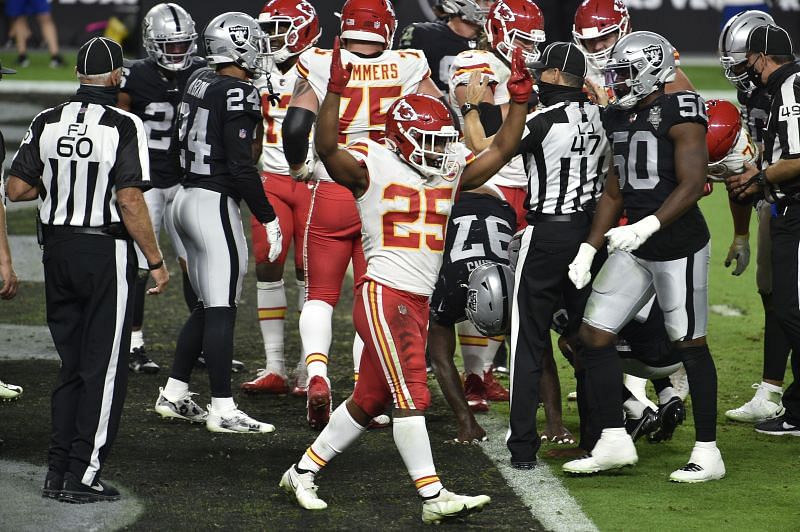
What is ADP in fantasy football?

Although we are a few months away from the fantasy football season kicking back up again in earnest, it is never too early to think about what it will cost to get a player. In many fantasy analysis pieces and podcasts, the acronym ADP is often thrown around. Simply put, ADP stands for average draft position or average draft price. It is an important tool to use in order to build the most efficient and effective fantasy football rosters.
Think about ADP in terms of shopping for goods or items in real life. If there are two local grocery stores in your neighborhood, and one sells a gallon of milk for $5, and another sells the same brand of milk for $3 a gallon, which one are you more likely to buy? In a different scenario, think of buying VIP tickets to a concert (back when those were a thing).
They were usually more expensive than general admission tickets, but if you wanted to sit close to the stage, or hang out with the artists backstage, you’d have to pay a little more (or a lot more) for that privilege.
Those free market concepts generally hold true in fantasy football drafts as well, regardless of whether you’re in a snake or auction league. For example, if heading into last season you wanted the supreme production that Christian McCaffery was projected for in the 2020 campaign, his price tag was about as expensive as any player.
His average draft position was round 1, pick 1 in snake, and his average draft price in auction was $60.6. Those are heavy investments to make in any player, but fantasy owners are willing to pay that price since it is believed that McCaffery would be among the very best statistically productive players.
Much of what drives pricing and ADP in fantasy football can be similar to what drives outlooks in the stock market. There are certain stocks and ETF’s that have a lot of hype around them based on what they could be in the future, even if they’ve never returned a profit. Clyde Edwards Helaire of the Kansas City Chiefs fit that mold last year. He had never played a down in the NFL, but as a rookie, was being drafted ahead of veteran players like Julio Jones and Travis Kelce because of his perceived potential.
Also Read: Who is Travis Kelce’s Girlfriend, Kayla Nicole?
Looking at a player’s average draft position or average draft price figures before heading into a draft is usually a good idea, because it allows you to understand where the consensus place is to take a player. If someone’s ADP is 65.4 for example, and you’re in the third round of a ten-team league snake draft, there is usually no good reason to take that player at that time. That player, in theory, could be obtained much later in the draft, while a higher upside player is selected in the third round instead.
In many cases, teams that win fantasy football championships are usually able to obtain players for a “lower rate” than they are initially valued. Minnesota Vikings wide receiver Justin Jefferson was not viewed as a hot commodity heading into last season.
In standard leagues, he was going around pick 120, which is almost at the very end of the draft. However, Jefferson had a great rookie season with the Vikings last year, and would have been tremendous for any team had he been the 12th player picked on your roster.
If time allows, it’s helpful to form your own opinions on ADP’s for a player after digesting what their price will be. For example, if you’re a risk averse owner who may not want to spend a first round pick on a rookie, your personal ADP for someone like Clyde Edwards Helaire last year would be set lower. Just like in real life, you can form opinions about the right price to pay for each player, and have that guide you when it comes time to draft.